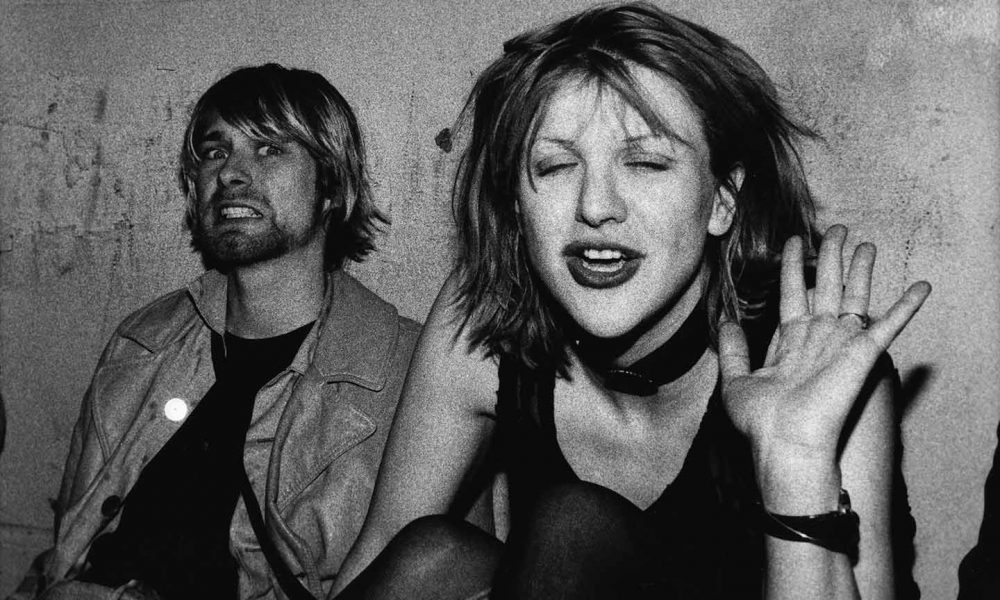Grunge music, also known as the Seattle sound, is a subgenre of alternative rock that emerged in the mid-1980s in the Pacific Northwest region of the United States. It was characterized by its raw, unpolished sound, and often dealt with themes of depression, angst, and disillusionment. Grunge became an important cultural movement that captured the hearts and minds of a generation.
In this article, we will explore the history of grunge music, from its origins to the height of its popularity.
Grunge: The Story of a Genre that Redefined Music
The history of grunge music is a story of rebellion, creativity and a rejection of the status quo.
In the late 80s, the rock and roll scene was dominated by a commercialized sound that had lost touch with its roots. Grunge music was a return to the raw, unpolished sound of the underground punk rock and heavy metal.
Despite its popularity, the grunge era was also marked by tragedy and loss. In 1994, Nirvana frontman Kurt Cobain tragically took his own life, sending shockwaves through the music world and bringing an end to the band's meteoric rise. The loss of Cobain was a devastating blow to the grunge scene and marked the end of an era.
The popularity of grunge music waned in the late 90s, but its influence can still be felt today. Many bands continue to draw inspiration from the raw, unpolished sound of grunge, and its impact on the music industry cannot be overstated.
According to some people, grunge was a reaction to the excess and commercialization of 1980s music and fashion.

Grunge Definition
Grunge is defined as a musical genre that blends heavy metal and punk rock with introspective and angst-ridden lyrics as well as a lo-fi production style. Grunge is also known for its melancholic and dark themes, which often deal with alienation, social isolation, and the struggles of everyday life.
While many people argue there is no definitive definition of grunge, it is generally characterized by its use of heavily distorted guitars. The genre's origins can be traced back to bands such as Green River, Soundgarden, and Mudhoney. These were among the first grunge bands to combine punk and metal influences with a more melodic, introspective approach to songwriting.
The music that emerged from this scene was often abrasive, raw, and uncompromising, drawing from punk, heavy metal, and alternative rock influences. Grunge was an amalgamation of several different genres. This was the birthplace of grunge.

The Grunge Era
The grunge era refers to the period between the late 1980s and early 1990s, when grunge music exploded onto the mainstream music scene. The popularity of grunge music was driven by a number of factors, including the rise of independent record labels and the disillusionment of a generation that had grown tired of the excess and superficiality of 1980s culture.
Grunge in the 90s
The 1990s were the heyday of grunge music, with bands like Nirvana, Pearl Jam, Soundgarden, and Alice in Chains dominating the airwaves. Grunge music became a cultural phenomenon, with its fashion, attitude, and sound influencing a generation of young people.
1980s Grunge
The roots of grunge music can be traced back to the mid-1980s. A number of bands in the Pacific Northwest began experimenting with a new sound that combined elements of heavy metal and punk rock. The music was raw, gritty, and unpolished, and it quickly caught on with the local scene. the early grunge bands played in small clubs and bars.
Grunge exploded onto the mainstream music scene in the early 1990s, thanks to bands like Nirvana, Pearl Jam, Soundgarden, and Alice in Chains. These bands brought the sound of grunge to a wider audience, and the genre became synonymous with the "Seattle sound."
Who was the First Grunge Band?
The first grunge band is a matter of some debate among music historians.
Some argue that Green River, a band formed in Seattle in 1984, was the first grunge band. The band consisted of Stone Gossard and Jeff Ament, future members of Pearl Jam, as well Mark Arm and Steve Turner, future members of Mudhoney.
Others point to Soundgarden, formed in 1984, as the first grunge band.
Still, others argue that it was Nirvana, formed in 1987, that was the first true grunge band.

Birthplace of Grunge
Seattle is widely considered to be the birthplace of grunge. The city's isolation from the rest of the country, as well as its thriving music scene, created the perfect environment for the genre to take root.
Seattle's underground music scene was marked by a DIY aesthetic and a rejection of mainstream culture. At the same time, the grunge scene in Seattle was fueled by a sense of community and an authentic desire to create music.
Bands like Soundgarden, Nirvana, and Pearl Jam were able to play in small clubs and build a following before breaking out onto the national scene. Once "discovered" they captured the attention of a wider audience with their unique sound, and the genre became a cultural phenomenon.
The Seattle Sound: The Grunge Story
Grunge music was also closely tied to the "Seattle sound," a term used to describe the distinctive style of music that emerged from the city's music scene in the 80s and 90s.
The Seattle sound was marked by its raw, unpolished sound, and its rejection of mainstream culture. It was a direct result of the punk and metal scenes of the time, but it also had a unique flavor that was all its own.
Conclusion
In conclusion, grunge music emerged from the Seattle music scene in the 1980s and quickly became a cultural phenomenon in the 1990s. The genre was characterized by heavy guitar riffs, angst-ridden lyrics, and a "do-it-yourself" attitude.
While there is no one band that can be definitively called the first grunge band, Green River, the Melvins, and Soundgarden were all part of the early grunge scene that helped to define the sound of the Seattle scene.
Today, grunge music continues to have a lasting impact on the music industry, and its influence can still be heard in many contemporary bands.


:quality(70)/cloudfront-eu-central-1.images.arcpublishing.com/prisaradiolos40/7V5GQATLAJPXNFPRONVKOUSVUM.jpg)
